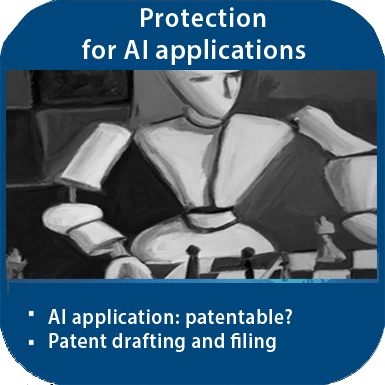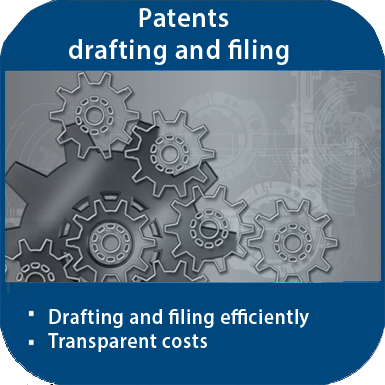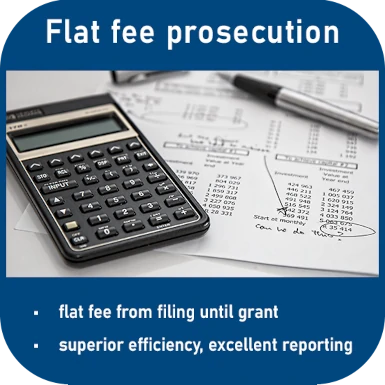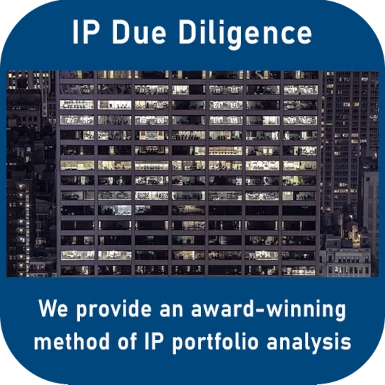German patent law: News about state-of-the-art
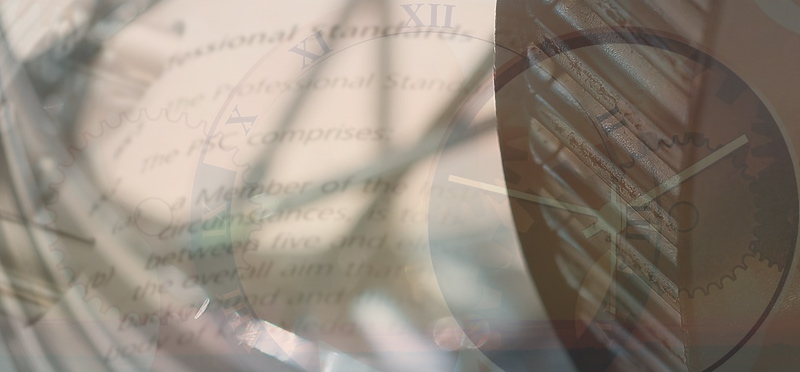
The state-of-the art is relevant for every patent application; it is used to determine whether an invention contributes to technical knowledge and is thus protectable. To determine the state-of-the-art in relation to a patent, all publicly available publications up to the priority date are taken into account, worldwide.
However, this raises some questions:
What about publications on the internet? What about the documents of a patent application, which may not even be published?
In short, what is the state-of-the art?
State-of-the-art - publication on the internet
According to EPC Art. 54(2) (European patent law) and PatG ž 3(1) (German patent law), prior art is that which has been made available to the public in writing or orally or through use before the filing date or the priority date of the patent application.
What this means in concrete terms is not at all clear with regard to a publication on the internet. Fortunately, there has been quite concrete case law on this in recent times.
Is every document available on the internet considered 'publicly accessible' without further ado? In that case, even a document that is stored on a secure server and is not accessible to everyone would be "publicly accessible".
In September 2018, the Federal Supreme Court of Justice (BGH) ruled on such a concrete case in its leading decision Wireless Communication Network (X ZR 14/17). The decisive factor is whether a digital document can be accessed via a directory that is known to the public as a storage location for subject-related publications. This was the case in the present case, because the document in question was located on an ftp server of 3GPP and this is known in expert circles and also accessible to experts.
Time zones and the state-of-the art
The definition that all documents prior to the calendar day of the patent application are to be taken into account for the prior art also raises questions for a publication on the internet. This is because the hour or minute of publication is irrelevant for a patent application.
But what is the relevant "calendar day of publication" within the worldwide time zones? A specific calendar day in Europe, for example, could still be the day before in Hawaii.
The worldwide internet is public everywhere. There were therefore voices that the state-of-the-art refer to the worldwide possible publication at the very specific time of the priority granting patent application (see EPO, decision of 12 August 2013 - application number 09 733 661.4, para. 5).
However, the Federal Court of Justice opposed such an extension of the frame of reference to all time zones (BGH decision Wireless Communication Network (X ZR 14/17)) In the view of the BGH - with reference to the Paris Convention - the reference to the act of publication is decisive.
In the case of making a technical teaching publicly available via a medium such as the internet, the place and its time zone where the act takes place that leads to the public accessibility of the technical information to the technical community must be taken into account, the BGH ruled and included this in the third headnote of decision X ZR 14/17.
State-of-the-art per documents of a patent application
According to general German case law, documents of a patent application procedure that are subject to a general right of inspection of files are in principle to be presumed to be known (cf. BGH, judgement of 29 February 2000 - X ZR 166/97; Melullis in Benkard, Patentgesetz, 11th ed. 2015; Keukenschrijver in Busse/Keukenschrijver, Patentgesetz, 9th ed. 2020). This has just been confirmed by the BGH in decision Gesperre.
And what about patent application documents for an application that is not published? This was the legal question of the BGH decision Gesperre.
If a patent application is not published, then no notice is issued under ž 32(5) Patent Act, which is a prerequisite for the general right to inspect files. However, this is not the only requirement. In the present case, another patent application had been published before the filing date of the patent in suit, which claimed the priority of the unpublished patent application. Specifically, NK6 was not published, but the published NK4 had claimed priority from NK6. Consequently, a copy of NK6 came into the files of NK4, which in turn was publicly available.
Documents of a patent application procedure that are subject to a general right of file inspection are in principle accessible to the public - and this also applies to an earlier patent application whose priority is claimed by the application subject to the right of file inspection, according to the BGH's decision Gesperre (BGH Gesperre, X ZR 36/21).
Do you have any questions about a patent application?
We are a patent law firm with wide expertise and an established network for international patent applications.
If you have any questions or need further information, please contact us by phone at +49 69 69 59 60-0 or via info@kollner.eu.
